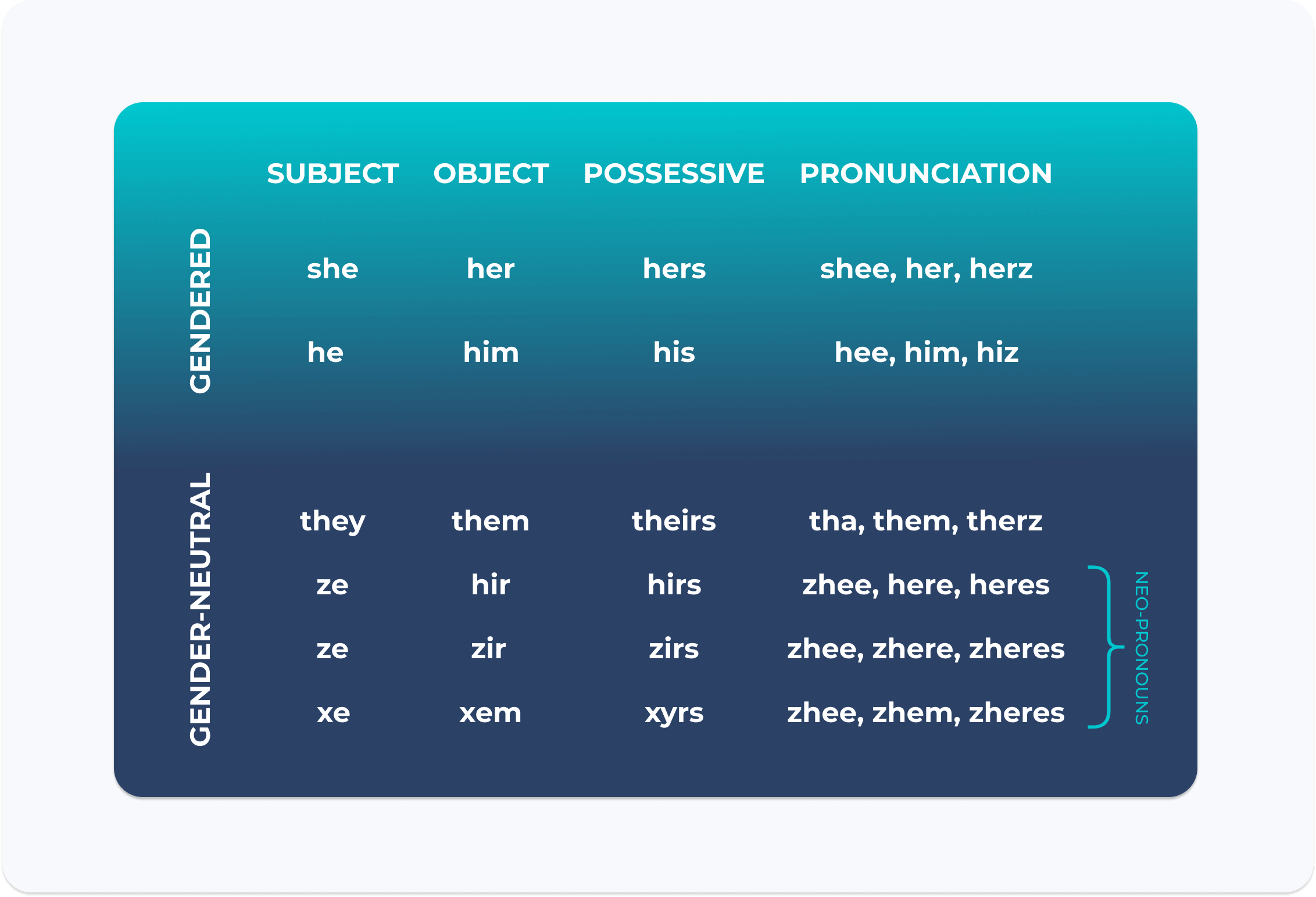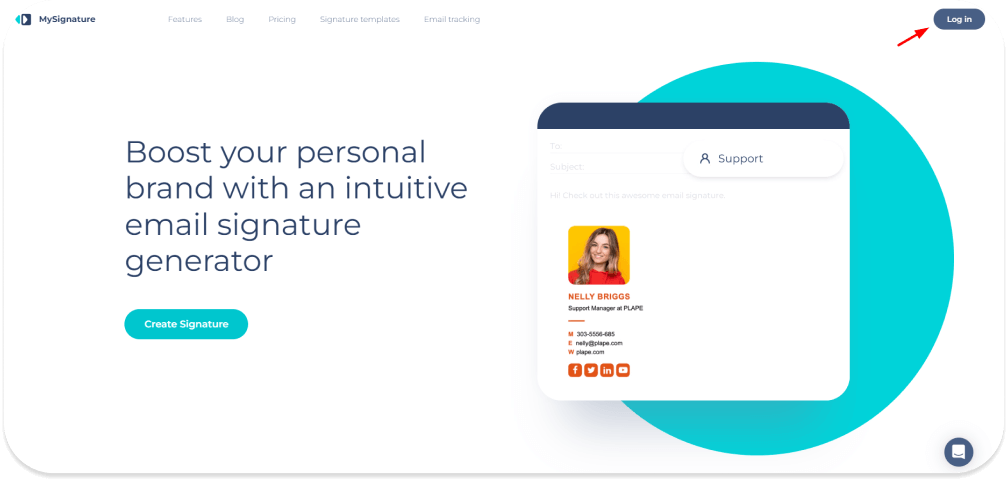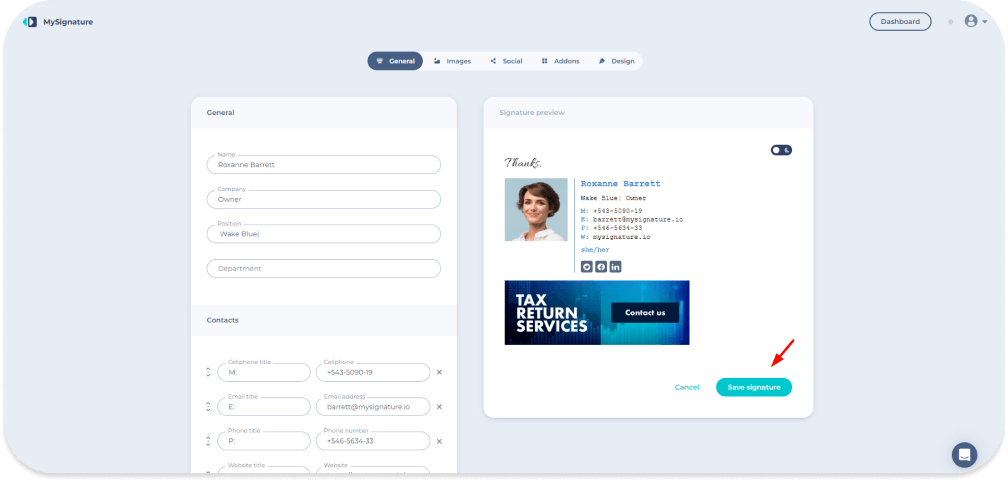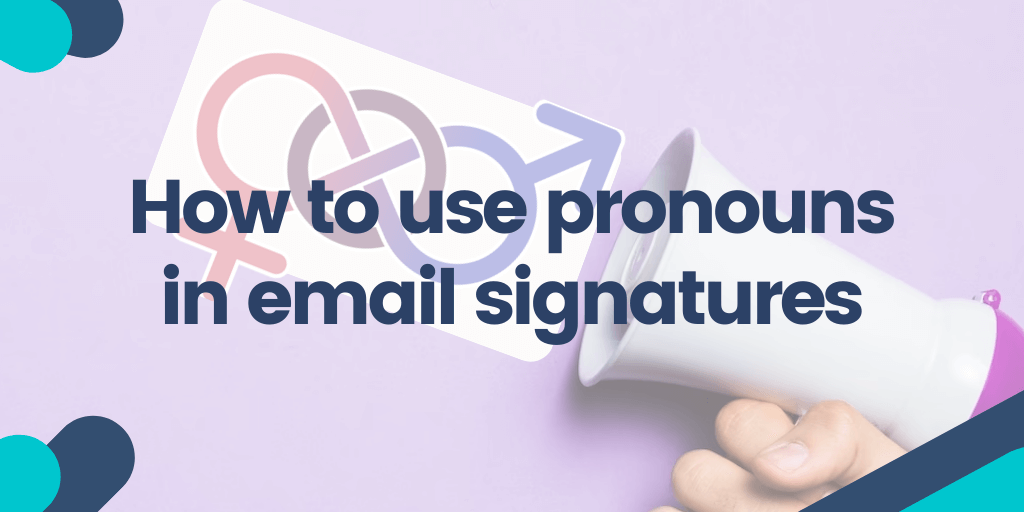Including gender pronouns in professional email communication has become increasingly crucial, and many businesses have now incorporated policies that require employees to include gender information in their company email signatures.
By adding your commonly preferred gender pronouns to your email signature, you can provide others with the confidence and clarity to address you in a manner that aligns with your gender identity. This practice involves a simple addition of a line in your signature alongside your name, job title, and contact details. There is no need for elaborate explanations; a clear statement of your correct pronouns is sufficient for others to know how to address you in future email exchanges.
This article emphasizes the significance of gender pronouns in email signatures, offers guidance on how to use them appropriately, and explains how to add pronouns to email signatures.
Key Takeaways:
Including pronouns in email signatures promotes inclusivity by fostering a respectful environment. It reduces misunderstandings by preventing incorrect gender assumptions and encourages awareness about gender diversity. Recognizing and using correct pronouns supports individual identities. This simple integration is an easy yet impactful addition to communication practices.
What are gender pronouns?
A gender pronoun is a word used instead of a noun to refer to a person or people. Our preferred gender pronouns are how we like to be referred to in the third person.
For example, people who identify as male typically prefer “he” and “him.” People who identify as female often prefer “she” and “her,” while those who don’t identify as either (gender expansive) may prefer “they,” “them,” “ze” and “zir,” which are considered gender-neutral pronouns.
How do you know what your pronouns are? Choosing your gender pronouns is a personal and individual process. Here are some steps you can take to explore and discover your preferred pronouns.

source: Pride Training
Take some time to think about your own gender identity. Consider how you perceive yourself and how you want others to perceive you. Consider whether you identify as male, female, non-binary, or some other gender identity.
Try out different pronouns in private or with trusted friends. See what feels most comfortable and authentic. And remember that exploring different pronouns and changing your preference over time is perfectly normal.
Sometimes, a person can even use mixed pronouns (e.g., she/they). This means that this person is comfortable using both pronouns in email communication and is fine being referred to with either.
The importance of pronouns in email signatures
Including pronouns in email signatures is essential to fostering an inclusive workplace environment. By sharing our preferred pronouns, we create a culture of inclusivity, respect, and recognition for diverse gender identities. This simple act helps avoid assumptions and misgendering and promotes open and inclusive communication.
Moreover, adding pronouns to email signatures is important for both cisgender, non-binary, and transgender people. It allows cisgender people to express solidarity and support for their colleagues and demonstrate an inclusive mindset. For transgender and non-binary people, clearly stating their pronouns in email signatures helps reduce the risk of misgendering and affirms their identities in professional interactions.
Why put pronouns in email signatures?
Including pronouns in email signatures promotes inclusivity and respect by helping to ensure that people are addressed correctly, reducing assumptions about gender identity. It fosters a more welcoming and supportive environment for everyone.
How to add pronouns to email signature
So you decided to add your preferred pronouns in email signature. How do you do that? First of all, keep in mind that it’s super important to have the right tool when you wonder how to create html email signature with pronouns. An email signature generator is the way to go. It lets you customize your signature with cool designs and formatting options, all while making sure it looks professional and consistent no matter what email client you and your recipient use. The best part: you can do it all in just a few clicks.
Here is how you add pronouns to email signature:
- Sign up and log in to your MySignature.io account

- Click Create Signature. You can either create it from scratch or use a template

- Type in your details

- You’ll also have the option to add a new field and then add your personal gender pronouns

- Save your changes to update your signature to reflect the added gender pronouns.

Gender pronouns in email signature etiquette in business and at work
As you can see, adding gender pronouns to our company’s email signatures and social media profiles and stating them at meetings is a simple step that cisgender people can take to help those in the non-binary and transgender community feel more seen and recognized. We’d like to encourage you to do the same in your organizations where you can.
If you decide to start with email signatures in your organization, you may not know where to put gender pronouns. The best place for them in users email signatures is next to the name. You can also put them either next to or below the name.
Examples of gender pronouns in email signatures
You can use these common formats when you add pronouns into email signature:
Subjective:
- He
- She
- They
- Ze (pronounced zee)
- Hu
Objective:
- Him
- Her
- Them
- Zir / Hir
- Hum
Possessive adjective:
- His
- Hers
- Theirs
- Zirs / Hirs
- Hus / Hus
- Reflexive
- Himself
- Herself
- Themself
- Zirself / Hirself
- Humself
Here are a few examples of pronouns in email signatures showing where you might place your pronouns. As you can see, they can blend in quite seamlessly.

Guidelines for including gender pronouns in email signatures
Including gender pronouns in email signatures promotes inclusivity and respect in communication.
Here are some tips to effectively incorporate them:
- Position pronouns next to or beneath your name.
- Use the same format for all staff members.
- Make sure pronouns are easily readable.
- Respect individual choice; don’t mandate inclusion.
- Offer resources on the importance of pronouns.
- Ensure pronouns are included in all email accounts.
Where to put pronouns in email signatures?
The ideal spot for pronouns in your email signature is next to your name. You can place them either alongside or beneath your name.
If you’re considering adding pronouns in your email signature but don’t know where to start, look no further than MySignature. With this user-friendly signature builder, creating a professional and inclusive email signature that includes your preferred pronouns is a breeze. In fact, it’ll take you just a few minutes to set up your own pronouns email signature. Give it a try and showcase your commitment to inclusivity effortlessly.

FAQ
What are the 4 gender pronouns?
While there are numerous gender pronouns used by individuals to express their gender identity, four commonly recognized pronouns are:
- He/Him: This pronoun is typically used by individuals who identify as male or masculine.
- She/Her: This pronoun is typically used by individuals who identify as female or feminine.
- They/Them: This pronoun is commonly used by non-binary individuals or those who don’t conform to the traditional gender binary. It is also used by some individuals who prefer gender-neutral pronouns.
- Ze/Zir: These pronouns are examples of gender-neutral pronouns used by some individuals as an alternative to they/them. Ze is used in place of he or she, and zir is used in place of him or her.
Why don’t I want to put pronouns in my email signature?
Individuals may choose not to include pronouns in their email signature for various reasons. Some may have concerns about privacy and prefer not to disclose their gender identity in a professional setting. Others may hold cultural or personal beliefs that downplay the importance of emphasizing gender identity in their external communication. Additionally, individuals with fluid or evolving gender identities may opt to forego pronouns to avoid confusion or misrepresentation. It’s important to respect and understand these personal choices, as creating an inclusive environment means allowing individuals to express their gender identity in a way that feels right for them.
How do you address a gender-neutral email?
When addressing a gender-neutral business email, it’s crucial to be respectful and considerate of the person’s gender identity. One approach is to use their name without assuming their gender, such as “Dear Natalie” or “Hi Dimitri.” When appropriate, it’s also acceptable to politely ask for their preferred form of address to ensure that you’re honoring their identity and creating an inclusive work environment. Remember, it’s better to ask than using the wrong pronoun.
How do I add pronouns to my email signature in Outlook?
Adding pronouns to your email signature in Outlook is fast and easy. You can put them either next to or below your name. For a detailed guide on how to set up a signature in Outlook, check out this helpful article.
How do you put your pronouns on Gmail?
You can absolutely add gender pronouns to your Gmail signature and express your preferred pronouns in your professional communications. If you’re unsure about where to set up or update your Gmail signature, we have a comprehensive guide available that provides step-by-step instructions.

